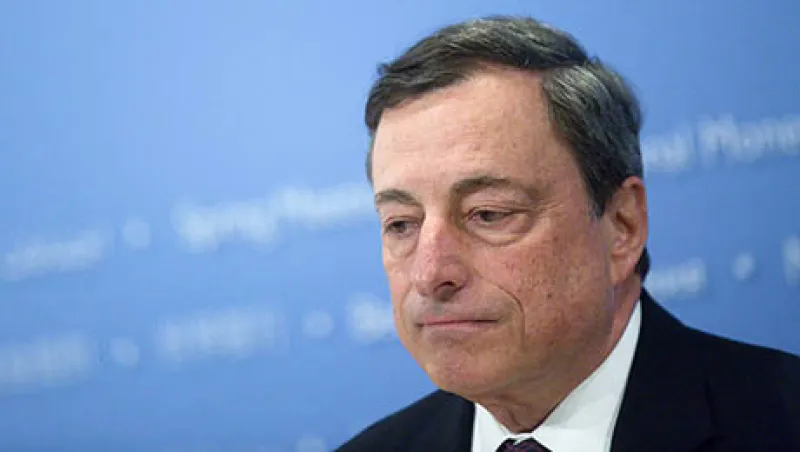Despite recent assertions by European Central Bank policymakers that they are ready and willing to boost stimulus measures, the most recent growth indicators remain tepid. After ECB President Mario Draghi in a speech in Germany Tuesday evening stated that current measures need to be reevaluated, final composite purchasing-manager index data for October for the common-currency zone registered 53.9, below the initial reading while still besting the four-month sequential low of 53.6 reached in September. The capital markets anticipated increased easing, with the Stoxx Europe 600 Index racking up its third-consecutive daily gain in trading and sovereign yields for the region falling slightly.
Japan Post IPO a major success. Shares of Japan Post Holdings Co. rose by 26 percent before the close after its trading debut in Tokyo while Japan Post Bank Co. rose by over 55 percent. The public float raised more than $12 billion for the Japanese federal government in a divestiture that was largely targeted at individual investors.
Volkswagen’s stock sinks on new testing irregularities. Shares of Wolfsburg, Germany–based Volkswagen declined by more than 10 percent yesterday after the company revealed that the emissions testing scandal involved a greater number of vehicles than previously known. Critically, the affected vehicles include non-diesel models for the first time. Separately, earnings data from Japanese automotive giant Honda missed earnings consensus expectation for the three months ending in September while in the U.S. electric car producer Tesla performed better than anticipated for the quarter.
Rates jump in Iceland. On Wednesday the Central Bank of Iceland increased the benchmark seven-day repo rate to 5.75 percent from 5.5 percent in the third hike in six months. The bank has increased rates by 1.25 percent since June in anticipation of rising inflation despite low oil prices as GDP for the island nation has pulled ahead of the pace of growth in the euro zone.
Federal Reserve leaders to speak to markets. On Wednesday, three key policy makers from the U.S. central bank will provide fresh insight into the timing of a rate increase. Both vice-chair Stanley Fischer, and William Dudley, president of the New York Fed will be speaking publicly today, while Fed chair Janet Yellen will testify before the House Financial Services Committee.
Portfolio Perspective: So Much for the After-Shock — Jim Strugger, MKM Partners
The after-shock we expected to moderately lift volatility and extend the duration of this event never happened. Instead, the VIX will anniversary a full month suppressed below the 20 threshold this week, implied correlation is making fresh cycle lows and the S&P 500 index has spent two days above its pre-shock level culminating in an almost 12 percent gain since late-September. This has occurred even while cross-asset and geography risk measured by the GFSI Index remains elevated relative to the past few years.
The pace at which the shock unwound isolates it as an anomaly relative to others of similar magnitude over the past 25 years. Although the back-end of shocks, as volatility recedes to and then stabilizes at its trough, are beneficial for equities, the unusual event leaves several critical questions about the volatility cycle unanswered.
Atop the list is whether regime change is underway. Historically, high-volatility regimes have been defined in U.S. equity terms by a floor under spot VIX around the 15 level (1997-2003 and 2007-'12). Although our sample is limited to three cycles, these transitions have tended to occur several years in front of recession troughs. And what will be the relationship between the U.S. equity volatility cycle and measures of risk across asset classes and geographies? Historically, the correlation is strongly positive, yet some metrics—including the GFSI Index, the JPM EM Currency Volatility Index and credit spreads via CSI BBB Index—have diverged from equity volatility with its recent decline.
Jim Strugger is a managing director and derivatives strategist for MKM Partners in Stamford, Connecticut.






